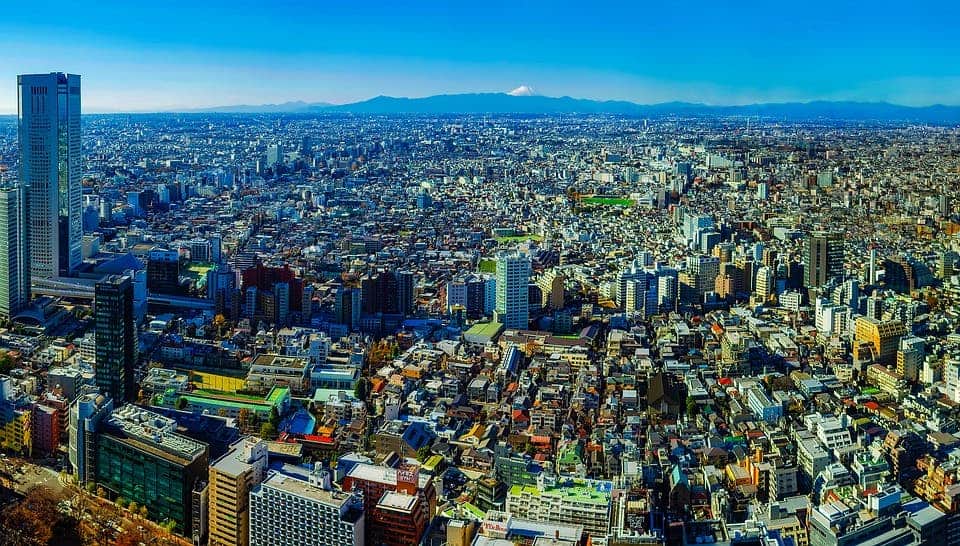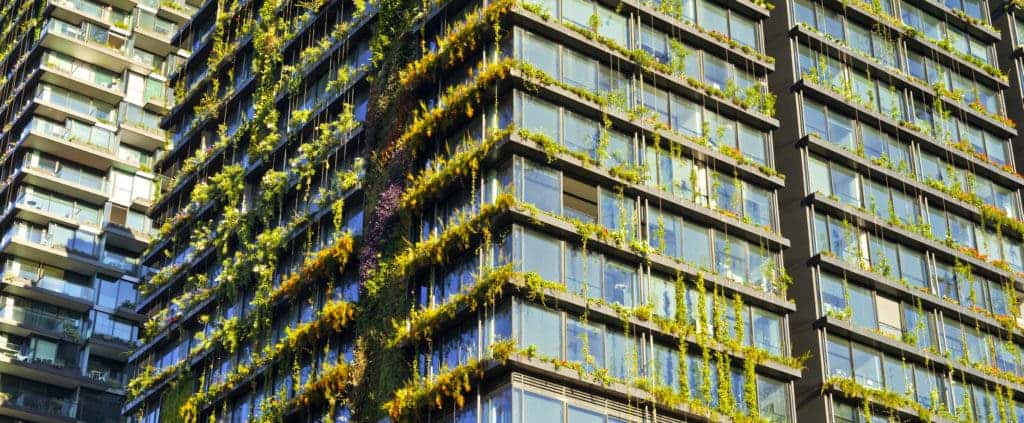Cities might feel the heat of climate change almost twice as worse as the rest of the world due to the urban heat island effect, a new paper reports. Unless cities adapt to ensure more incoming energy is reflected or absorbed, this effect will put a huge dent in the economy, it further reads.

It’s a hot day, your apartment is stiffing, and the AC just doesn’t cut it — so you decide to take a stroll in the park by the water to cool down. Or maybe go on that long overdue hike and get a break from the city altogether. Congratulations! You’ve unknowingly felt the effects of and then counteracted the urban heat island effect.
There are millions more who, just like you, are feeling the heat. And that’s actually part of the problem. The ‘urban heat island effect’ is just what it sounds like. These areas of higher ambient temperatures form when natural surfaces like vegetation or water that tend to reflect or use incoming energy are replaced by artificial surfaces such as concrete or asphalt, that trap incoming natural heat (sunlight). The high concentration of cars, air conditioning heat sinks, people, and so on in cities also means there’s a lot of anthropic heat which further drives up ambient temperatures.
Throw climate change in the mix, and it’s only going to get worse. Worse enough, in fact, that it’s going to tank the economy.
Paying the cooling bills
Published by an international team of economists, the study is the first to look at how major cities will fare under global as well as local changes in climate — and it’s not at all encouraging. This analysis included 1,692 cities around the world to quantify the effects of rising temperatures throughout climate zones (and across countries and cultures) on urban GDP, the backbone of modern economies, and found that the costs of climate change for cities this century could be 2.6 higher than we’ve believed once you factor in the heat island effect.
Overall, the team reports that we’re likely looking at a decrease of 5.6% of Gross World Product product by the end of the century, but the effects won’t be distributed uniformly. In the worst-affected cities, for example, climate change-induced losses could shave off as much as 10.9% of GDP by the end of the century.

Image credits Rogerio Rogeriomda.
Particularly bad news since cities, although they cover only around 1% of Earth’s surface, churn out about 80% of Gross World Product, consume about 78% of the world’s energy, and house more than half of the world’s population.
So how do the two tie together?
Well, on the one hand, mean temperatures exceeding 13 degrees Celsius (or 55 Fahrenheit) seem to reduce human productivity, and unstable climate will also eat away at entrepreneurship, meaning that there’s less going into the lump sum we call GDP. On the other hand, higher temperatures mean higher expenses. We’ll use up more energy (which translates to costs) for cooling, there will be higher medical care costs due to falling air quality, lower productivity, even rioting, and healthcare costs associated with social unrest over lack of food and higher levels of aggression — all very nice stuff.
As a side-note, a lot of very important cities might not be viable anymore — no city, no city’s GDP.
The research puts the issue of climate change into perspective. The discussion today revolves around tackling this change — as it well should be. But at the same time, it’s easy to lose sight of the fact that local interventions to mitigate the effects of warming climate are equally important for our economies and quality of life.
“Any hard-won victories over climate change on a global scale could be wiped out by the effects of uncontrolled urban heat islands,” said Professor Richard S.J. Tol MAE, Professor of Economics at the University of Sussex, in a statement.
“We show that city-level adaptation strategies to limit local warming have important economic net benefits for almost all cities around the world.”
The paper further looks at the measures which could limit the costs of this effect, and whose implementation should, therefore, be a top priority for ruling bodies.
De-islanding
To find the most desirable solution, the team performed a cost-benefit analysis for a number of local policies including ‘cool’ pavements and roofs, which are designed to reflect sunlight and thus absorb less heat, increasing vegetation cover including green roofs, and so on.

Medium-scale implementation of cool pavements and roofs came out on top, echoing finds regarding climate change in general that mitigation is the best policy. Turning 20% of a city’s roofs and pavement surface to the cool variety would save up to 12 times their installation and maintenance costs and reduce ambient temperatures by 0.8 degrees Celsius over the following century — not a bad result. The 20% point is just the peak — implementing this policy on a wider scale will provide even more benefits but at a lower cost-efficiency. Another thing to keep in mind is that successful global climate change mitigation efforts, in general, will compound the effects of these local policies, so we should really be working on both fronts here. As Professor Tol concludes:
“It is clear that we have until now underestimated the dramatic impact that local policies could make in reducing urban warming. However, this doesn’t have to be an either/or scenario. In fact, the largest benefits for reducing the impacts of climate change are attained when both global and local measures are implemented together.”
“And even when global efforts fail, we show that local policies can still have a positive impact, making them at least a useful insurance for bad climate outcomes on the international stage.”
The full paper “A global economic assessment of city policies to reduce climate change impacts” has been published in the journal Nature Climate Change.


